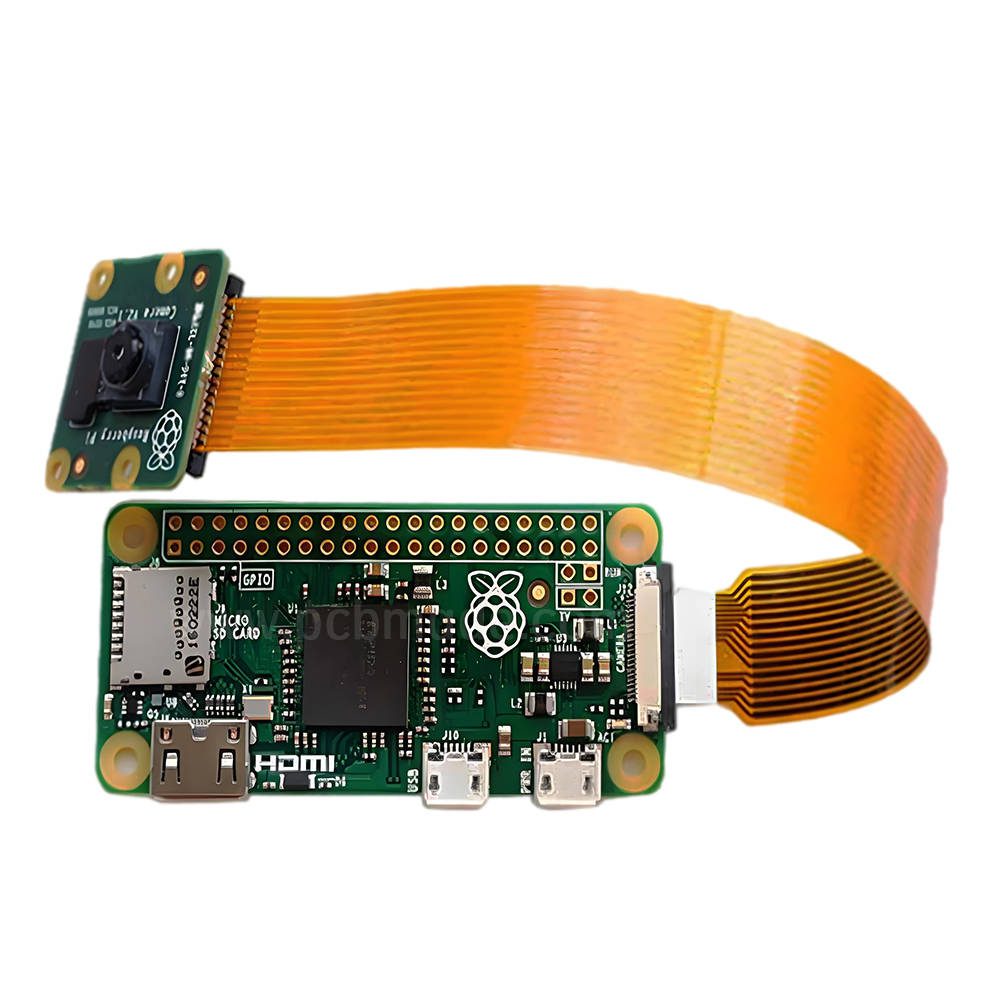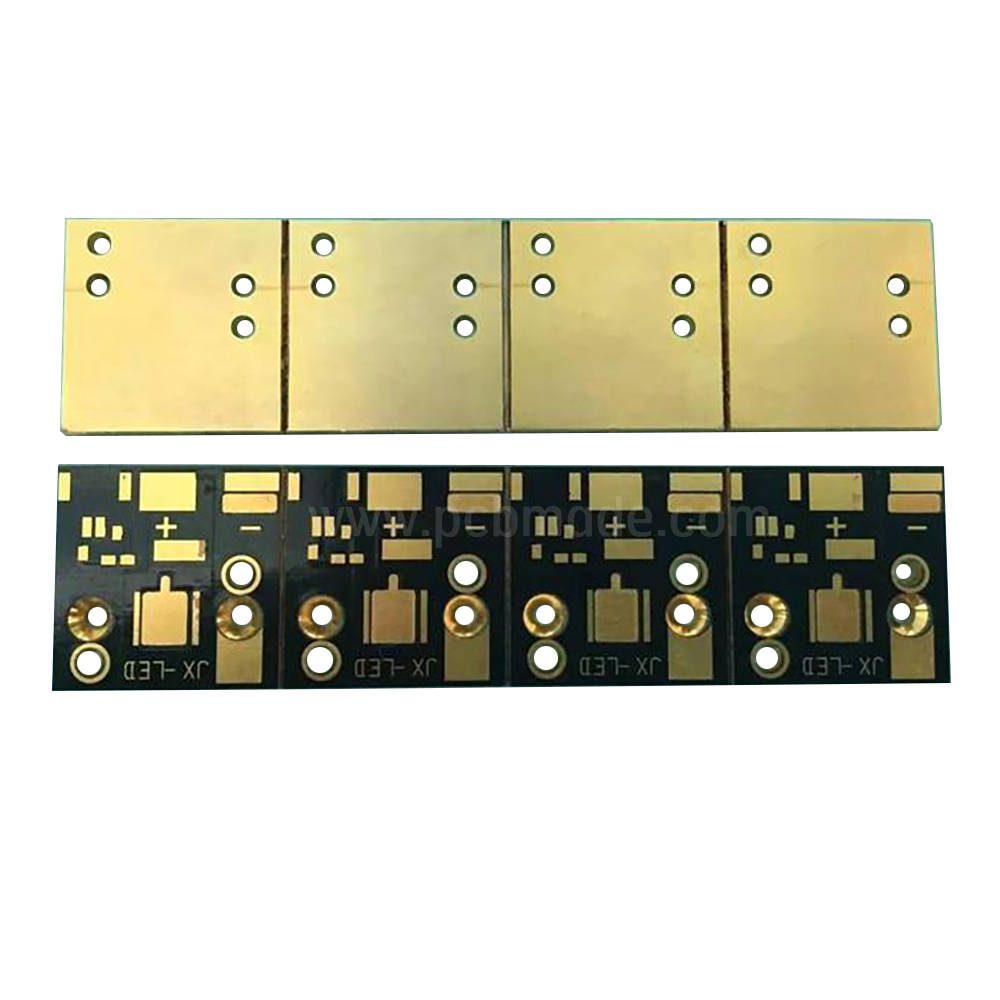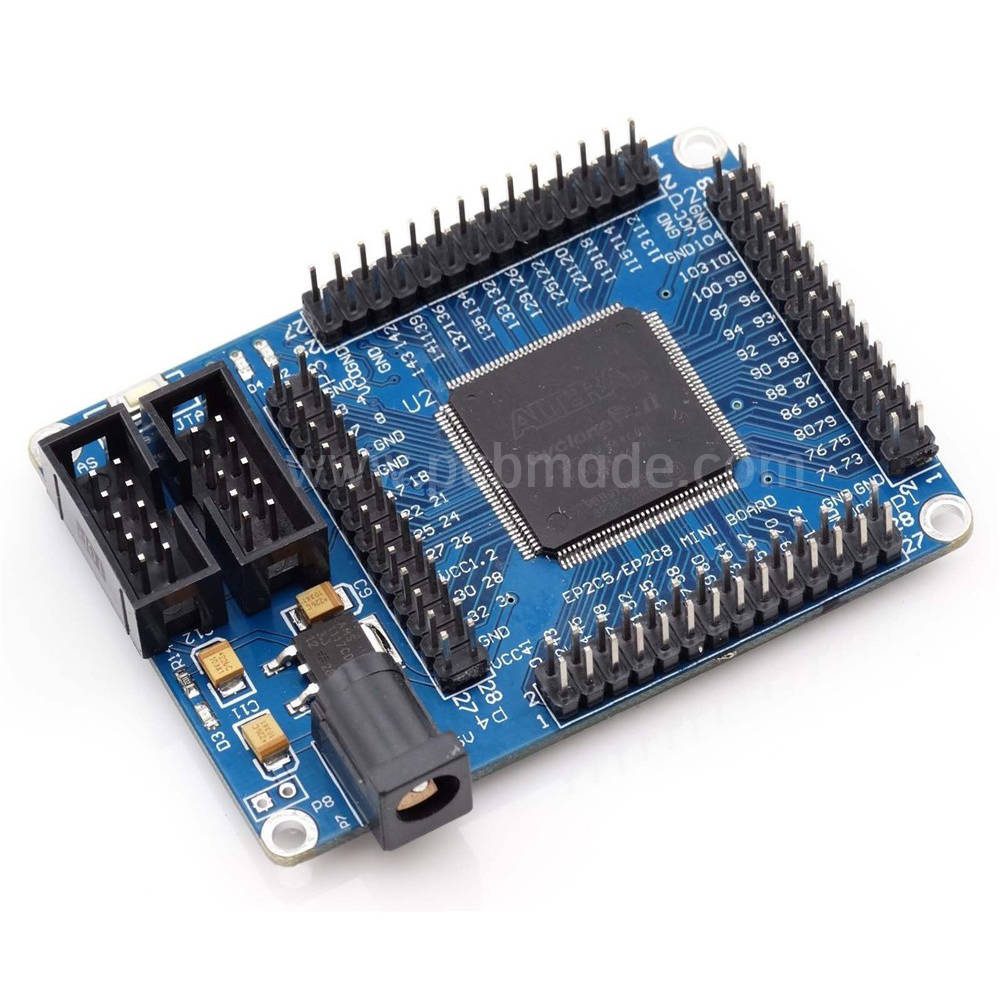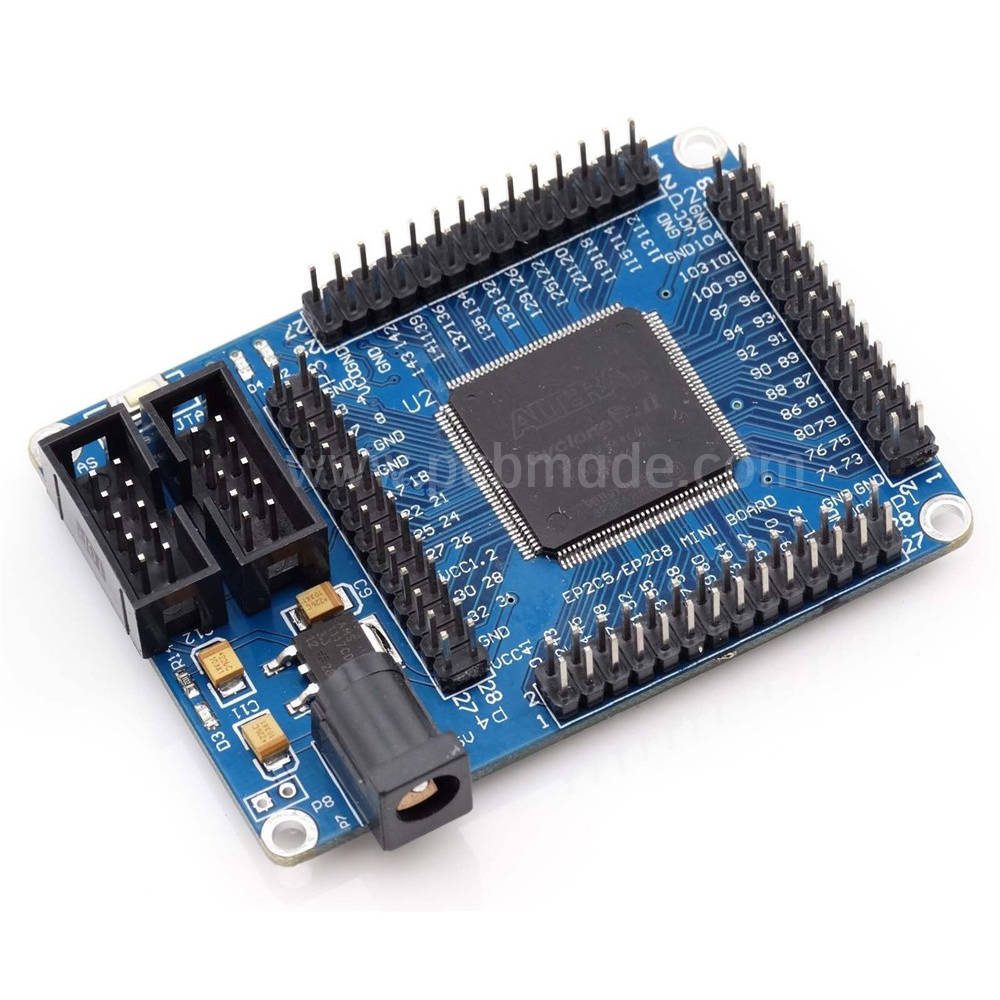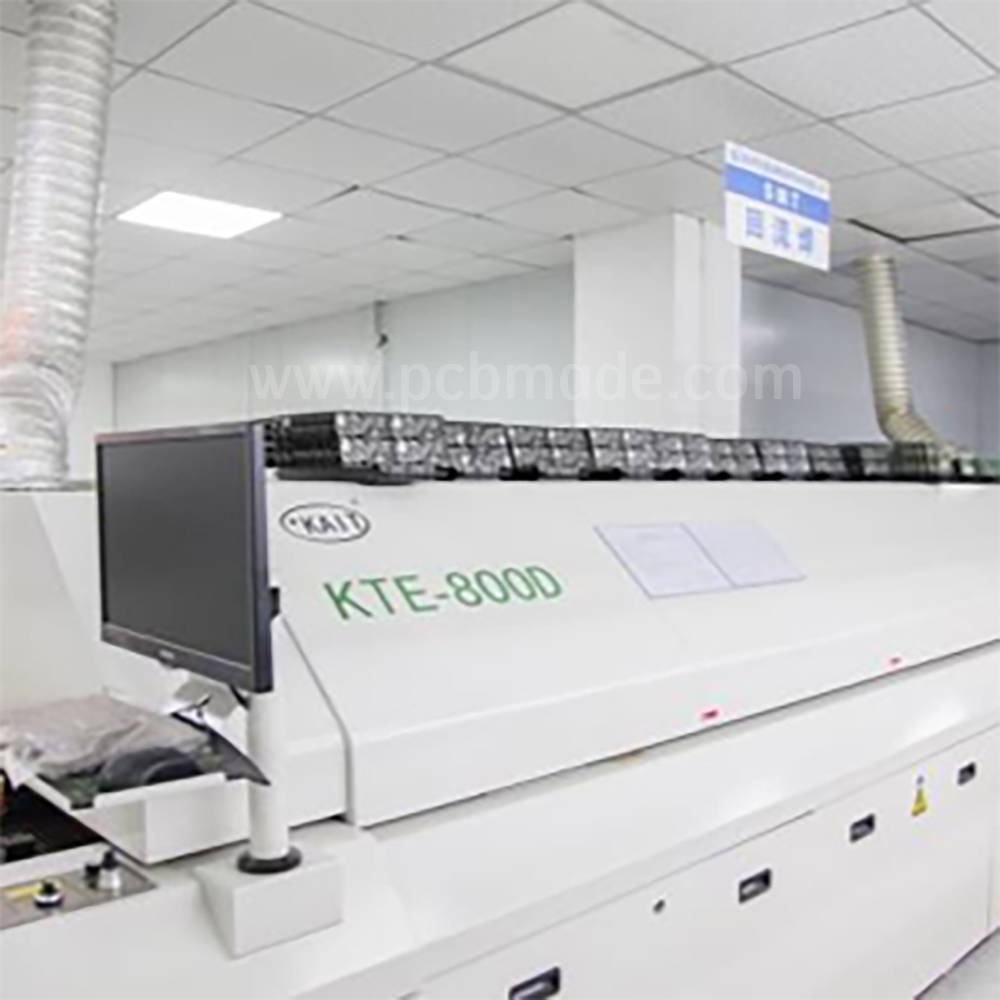As a keyboard enthusiast, you definitely hope to have a top-notch keyboard that provides a comfortable, stable, and high-quality keystroke experience. The PCB board of the keyboard is one of the key factors in achieving this goal.
When choosing PCB board materials, the first considerations are conductivity and mechanical strength.
The commonly used materials include glass fiber, epoxy resin, and polyimide. Fiberglass is a common choice with good conductivity and mechanical strength, which can meet the needs of most keyboards. Epoxy resin is a green yellow solid with good insulation properties and mechanical strength, suitable for high-density circuit boards. Polyimide, on the other hand, is a high-performance material with excellent thermal conductivity, electrical properties, and mechanical strength, especially suitable for keyboards that require long-term use and high-frequency keystrokes.
In addition to material selection, craftsmanship is also one of the important factors affecting the keyboard experience.
A common process is electroplating, which can improve the conductivity and corrosion resistance of PCB boards. Common electroplating methods include metal electroplating, tin electroplating, and nickel metallization. Metal electroplating can increase the conductivity of PCB boards and provide better connectivity and reliability. Tin plating helps improve the corrosion resistance and soldering performance of keyboards, making them more stable and durable. Nickel metallization can provide better wear resistance and corrosion resistance, making it suitable for keyboards that are frequently used for long periods of time.
In addition, there are some other techniques that can further enhance the keyboard experience.
For example, using coolant to improve the thermal conductivity of PCB boards can effectively reduce the temperature of keyboards during long-term use. In addition, precise soldering and wiring processes can reduce interference between circuits and provide more stable signal transmission.
In summary, choosing the appropriate PCB board material and process is the key to creating a top-notch keyboard experience. Fiberglass, epoxy resin, and polyimide are commonly used material choices, while electroplating, cooling agents, and fine welding processes can further enhance the performance and stability of the keyboard.




